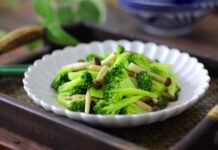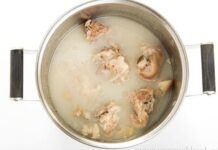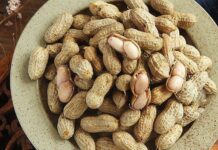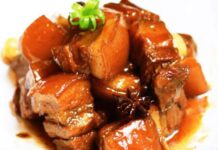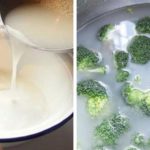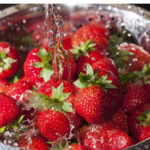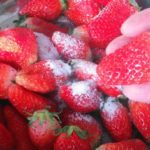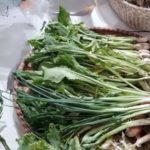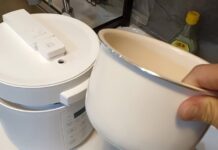Vegetables that Easily Absorb Pesticides
Chayote Shoots
Chayote shoots are a delicious and nutritious food. The shoots can be cooked in various ways, such as stir-frying or boiling. Eating chayote shoots can help cleanse the lungs, strengthen the spleen, improve appetite, soothe the liver, and reduce cough. They can also alleviate wind-induced illnesses, alleviating symptoms of colds and fevers, such as sore throat, cough with phlegm, and headaches.
Research shows that chayote shoots are rich in vitamins A, B1, and B2, as well as minerals like potassium, calcium, magnesium, phosphorus, iron, and zinc. They are also extremely low in calories. According to data from the Taiwan Food and Nutrition Database, 100 grams of chayote shoots contain only 17 calories and no cholesterol.
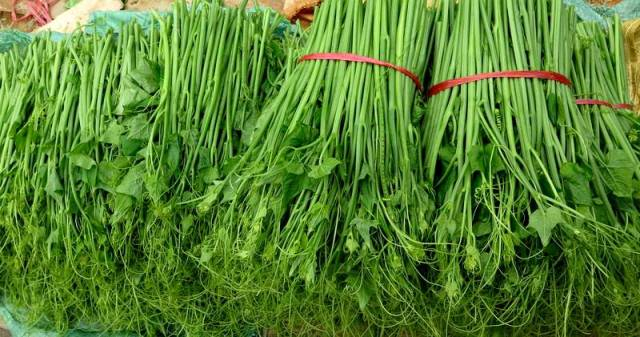
Chayote shoots, also known as chayote vines, are quite unique. In the market, they look no different from ordinary vegetables, but they are actually the climbing stems of the chayote fruit. Illustration.
Vegetable growers reap significant profits by taking advantage of the hot weather. They harvest and sell their produce daily, thanks to the use of growth stimulants. Many farmers don’t hesitate to spray and irrigate stimulants daily, believing that it helps their chayote shoots grow faster, resulting in plump and glossy shoots with rapid development.
As chayote is a cool-weather crop, when the weather turns extremely cold or hot, as it is now, the plants are more susceptible to pests and diseases and grow slower. So, farmers buy and spray more stimulants. These stimulants are non-toxic and help the shoots grow faster than any other type of growth stimulant. You can harvest and sell the shoots the day after spraying, according to a seller.
According to Vietnamnet, chayote is a cold-weather crop that thrives in temperatures between 15 and 25 degrees Celsius. Within this temperature range and with proper care, the shoots can grow by 8 to 10 centimeters. As a result, the harvest interval is typically only 3 to 4 days. However, when temperatures drop below 12 degrees Celsius or rise above 32 degrees Celsius, the shoots’ growth almost stops.
While this vegetable is beneficial to health, some people have used chemicals to stimulate faster growth for quick profits. Therefore, it is essential to be cautious and buy from reputable sources.
Mustard Greens
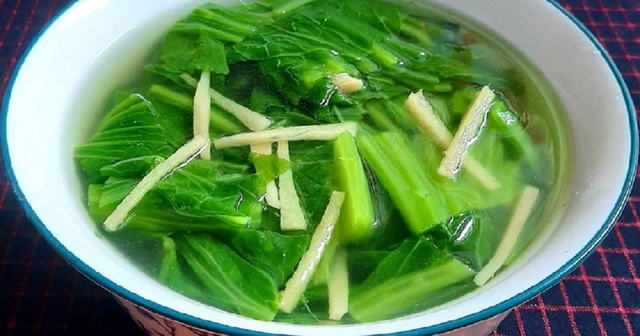
Mustard greens are among the vegetables that are heavily sprayed with pesticides. Illustration.
There are several types of mustard greens, including sweet mustard, mustard cabbage, spoon mustard, and mustard leaves. The common feature of these greens is their juicy texture, which attracts insects. As a result, farmers must use more pesticides and nitrogen fertilizer, especially before harvesting.
Mustard greens that have been heavily sprayed with pesticides are a vibrant shade of green, with no signs of insect damage, and have abnormally thick and uniform stems. The excessive use of nitrogen fertilizer also contributes to the unnatural greenness of the leaves.
Clean mustard greens tend to have a paler color and don’t look as plump and glossy as pesticide-treated greens.
Before consuming, it is recommended to cut off the roots, separate the leaves, and remove any damaged leaves. Then, soak the greens in a dilute salt solution for about 15 minutes before thoroughly rinsing each leaf under running water.
Tips for Removing Harmful Pesticides
– Wash vegetables properly to remove chemicals: Proper washing is crucial, as it not only removes dirt but also helps neutralize and eliminate chemicals. Soak fruits and vegetables in clean water, a 5% salt solution, or rice washing water for 15 minutes, then rinse each item thoroughly under running water.
– Cook vegetables before consumption: While this tip doesn’t apply to fruits meant to be eaten raw, it is advisable to cook or blanch vegetables for 2-3 minutes before further preparation. For raw vegetables, it is recommended to soak them in salted water and then blanch them in boiling water to ensure safety.
According to Nguoiduatin











